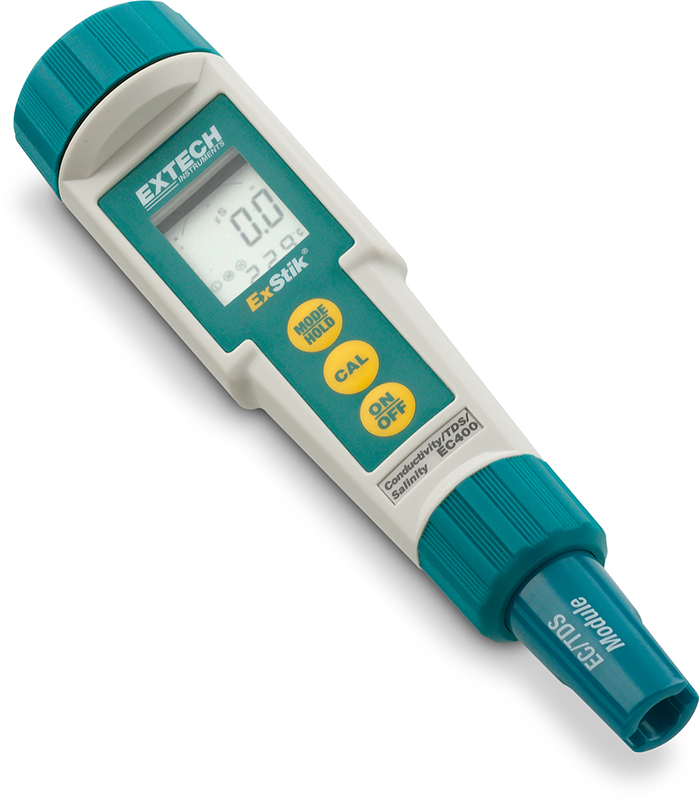The Sierra Club Clean Water Campaign provides the following Water Quality Kits to groups and individuals enrolled in the Water Sentinel program: To learn more about the water quality used in the Basic Water Quality Kit View the Know What Youre Monitioring Guide.
Conductivity, Salinity, TDS, and Water Temp Meter
Conductivity tells us the level of ions and anions in a water sample. Although one reading alone cannot show exactly what is in the water, a relatively high or low reading can indicate pollution upstream.
Salinity tells us the level of salt (different salts such as sodium chloride, magnesium, calcium sulfates, and bicarbonates) dissolved in water.
Total Dissolved Solid (TDS) is a measure of the combined content of all inorganic and organic substances suspended in water in molecular, ionized or micro-granular forms.
Water Testing Strips (pH, Alkalinity, Hardness, Free and Total Chlorine, Nitrate and Nitrite Nitrogen)
pH measures the acidity or basicity of a water sample. The more acidic the sample, the lower the pH value.
Alkalinity measures the ability of a solution to neutralize acids to the equivalence point of carbonate or bicarbonate.
Hardness refers to the concentrations of calcium and magnesium ions in a water sample.
Chlorine is conventionally used in small amounts to kill bacteria and other microbes in drinking water supplies and public swimming pools. High exposure to chlorine stems from industrial processes or accidental spills.
Nitrate and Nitrite are nitrogen-oxygen chemical units. Nitrate is often used in fertilizers and, once consumed, turns to nitrite. High concentrations are caused by agricultural and stormwater runoff which can lead to eutrophication in aquatic systems and cause dead zones.

